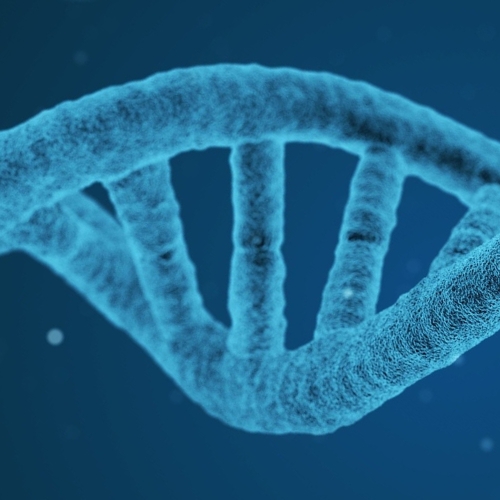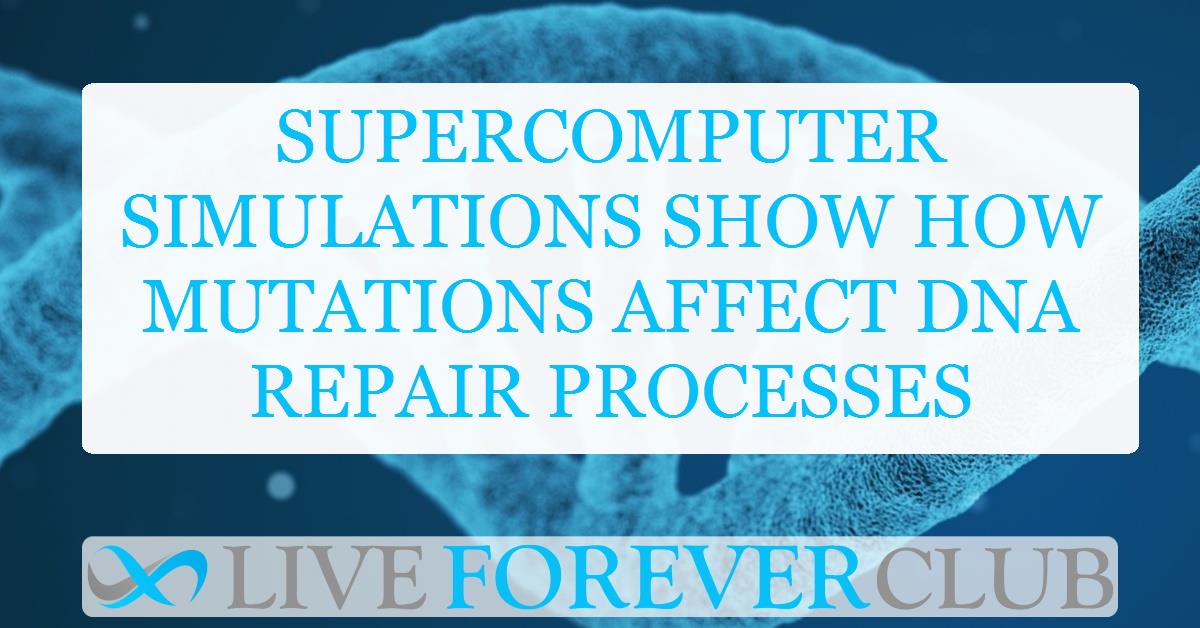Key points from article :
Scientists at Georgia State University have used the Summit supercomputer to study nucleotide excision repair (NER), a process that helps fix damaged DNA. They focused on a key protein complex called the pre-incision complex (PInC), which plays a crucial role in the repair mechanism. By building a computer model of PInC, the team aimed to understand how different proteins work together to repair DNA damage and prevent diseases like cancer and premature aging.
To simulate the interactions of these molecules, the researchers used Nanoscale Molecular Dynamics (NAMD), a specialized software for supercomputers. The Summit supercomputer, capable of performing 200,000 trillion calculations per second, allowed them to track molecular movements on a microsecond scale. The results showed that PInC is highly dynamic, with its components acting like moving parts of a machine, and mutations in specific regions can lead to severe genetic disorders.
NER operates in three stages: recognition, verification, and repair. The XPC protein identifies damaged DNA, twists the helix to expose the damage, and recruits other repair proteins. The study also highlighted that mutations in XPF and XPG genes can cause disorders like xeroderma pigmentosum, which increases skin cancer risk, and Cockayne syndrome, which accelerates aging and affects growth.
By mapping disease-causing mutations onto their models, researchers classified them into different categories based on their impact on DNA repair. This insight could lead to better treatments for genetic diseases. Lead investigator Ivaylo Ivanov emphasized that these simulations provide a clearer understanding of how mutations disrupt repair processes and lead to disease.
Most of the simulations were performed on Summit, but the supercomputer was retired in 2024 after six years of operation. The team now plans to continue their research on Frontier, the next-generation supercomputer, which is even more powerful. Their future work will focus on transcription-coupled NER, a specialized repair process that fixes damage in active genes to ensure essential proteins are produced.
This research helps scientists understand how cells protect themselves from DNA damage, which is crucial for preventing cancer and other serious diseases. The study was published in a scientific journal, contributing valuable knowledge to the field of molecular biology and genetic repair.





